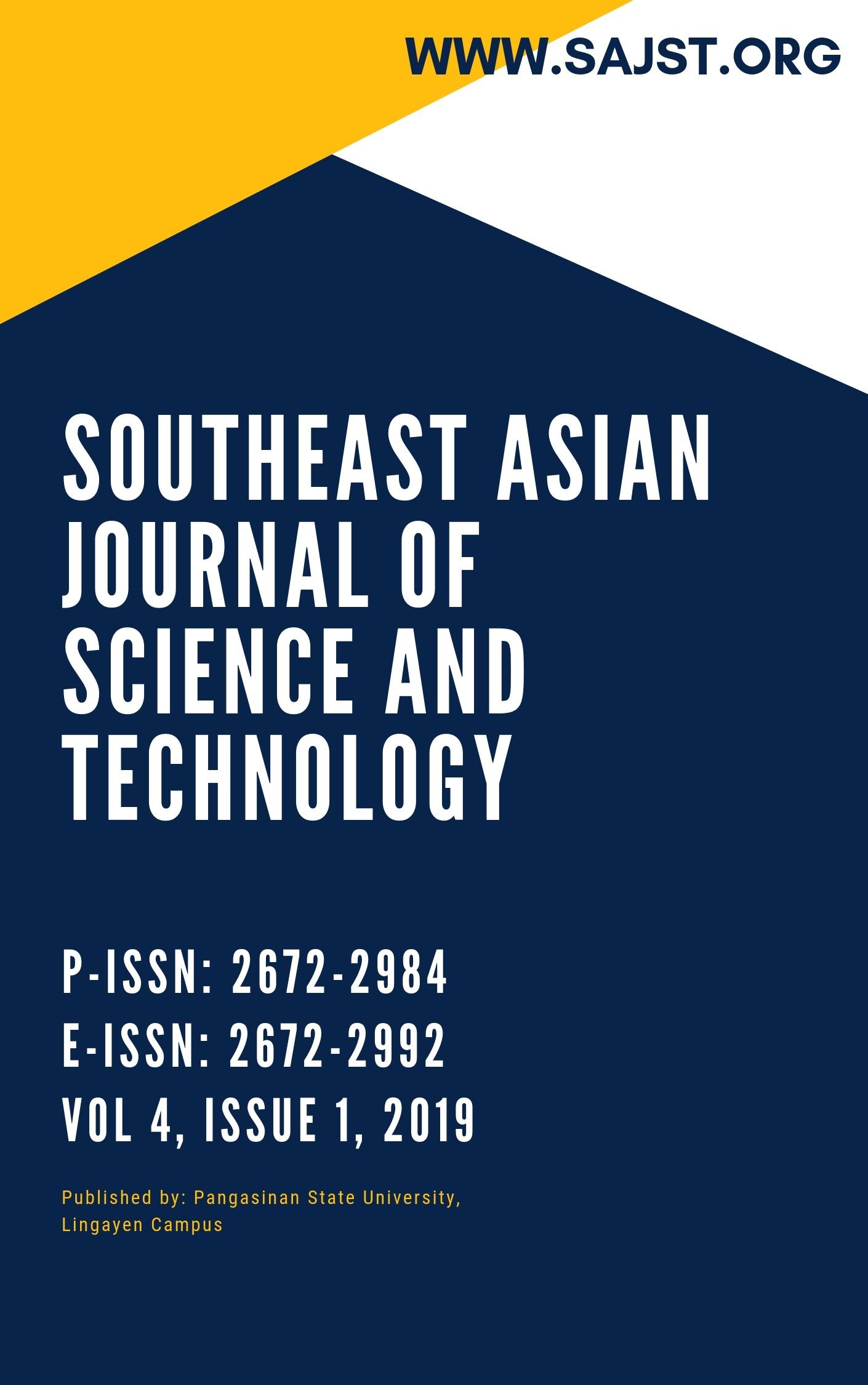Abstract
Since the development of automobile as a mode of transportation has increased, it has been an important part of our daily lives. However, vehicle-related road accidents worldwide have also increased. Even with the efforts of government and non-government institutions to at least solve these problems, accident may happen no matter what. Lives could have been saved if the information related to the accident is reported on time. Literature review shows that there has not been a published research and patented device in Asian countries that automatically notifies the police and rescue team if there is an accident. This research study developed a device that automatically notifies the Philippine National Police (PNP) office if there is an accident occurred. The device is comprised of different sensors such as ultrasonic and vibration, and modules such as Global System for Mobile communication (GSM) and Global Positioning System(GPS). The sensors detect objects and vibration and will evaluate the gathered data using decision matrix if it is an accident or not. If the device detects an accident, it will automatically get the GPS location of the vehicle using the GPS module and sends a notification message to the nearby PNP office via SMS using the GSM module. This study followed the Agile methodology with ISO 9126 - based questionnaire and interview as a mode to gather data. A pilot of 45 respondents were used in this study, divided into two categories, 1) Police Officers and 2) Motorcycle Riders. Overall, the respondents evaluated the device as acceptable in terms of its functionality, usability, efficiency, maintainability and portability. For future works, further improvement and implementation of the device is highly recommended.
Authors retain copyright and grant the journal right of first publication with the work simultaneously licensed under a Creative Commons Attribution 4.0 International License that allows others to share the work with an acknowledgment of the work's authorship and initial publication in this journal.

